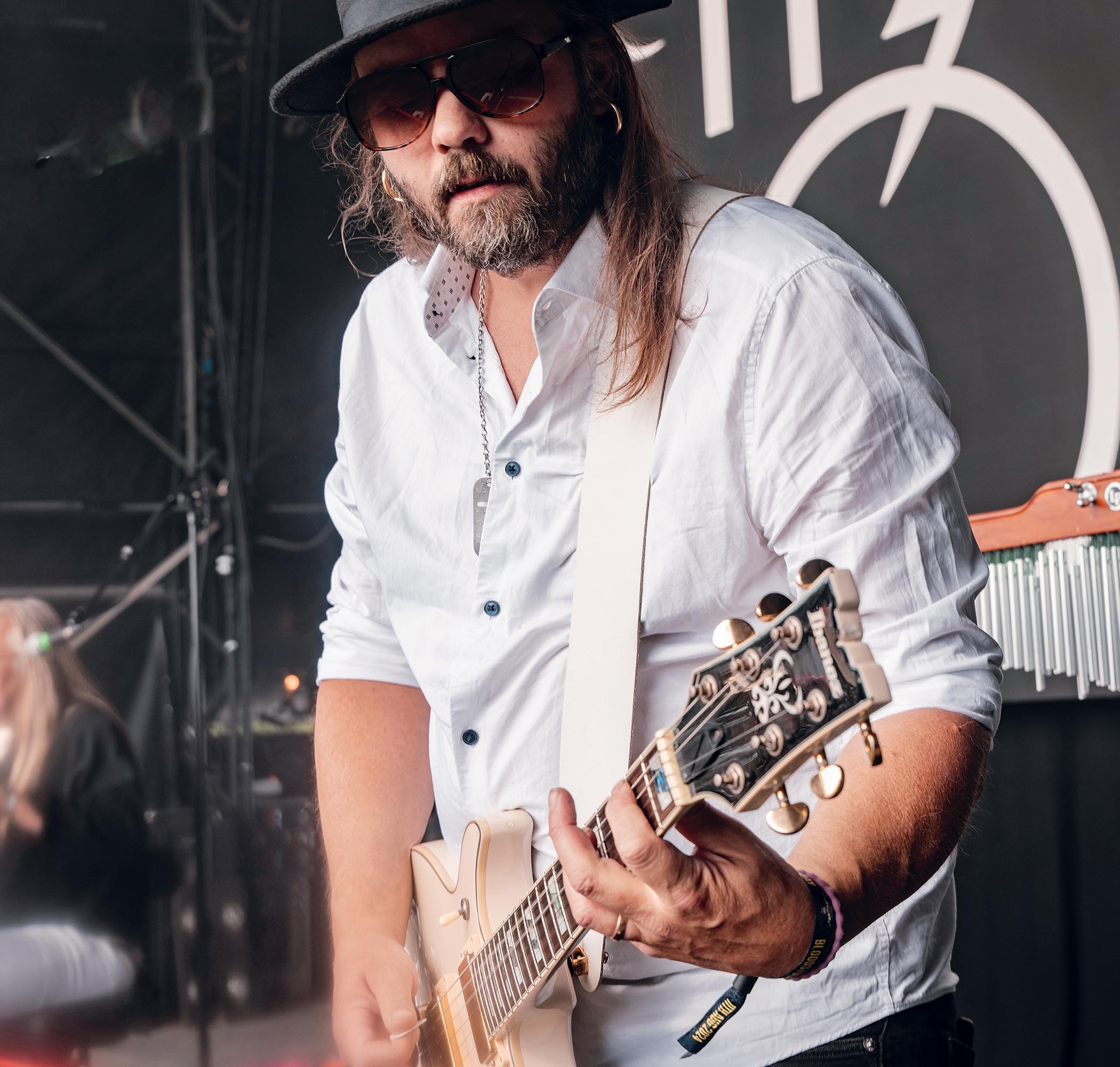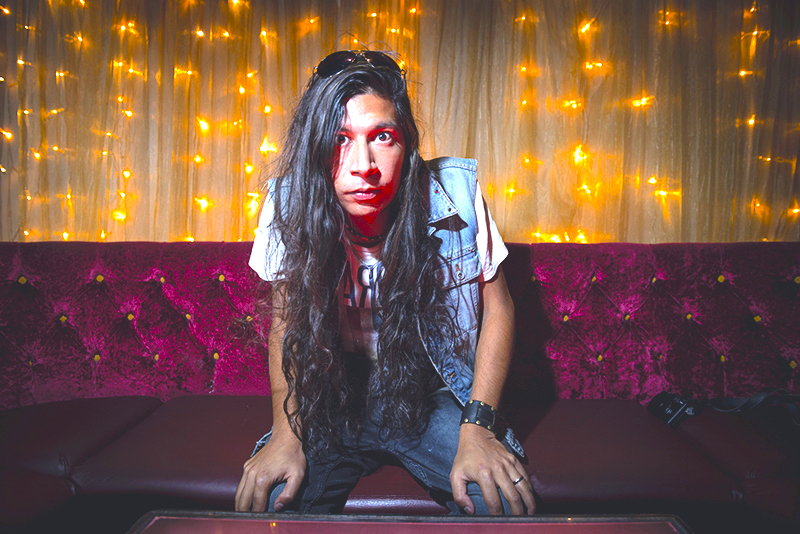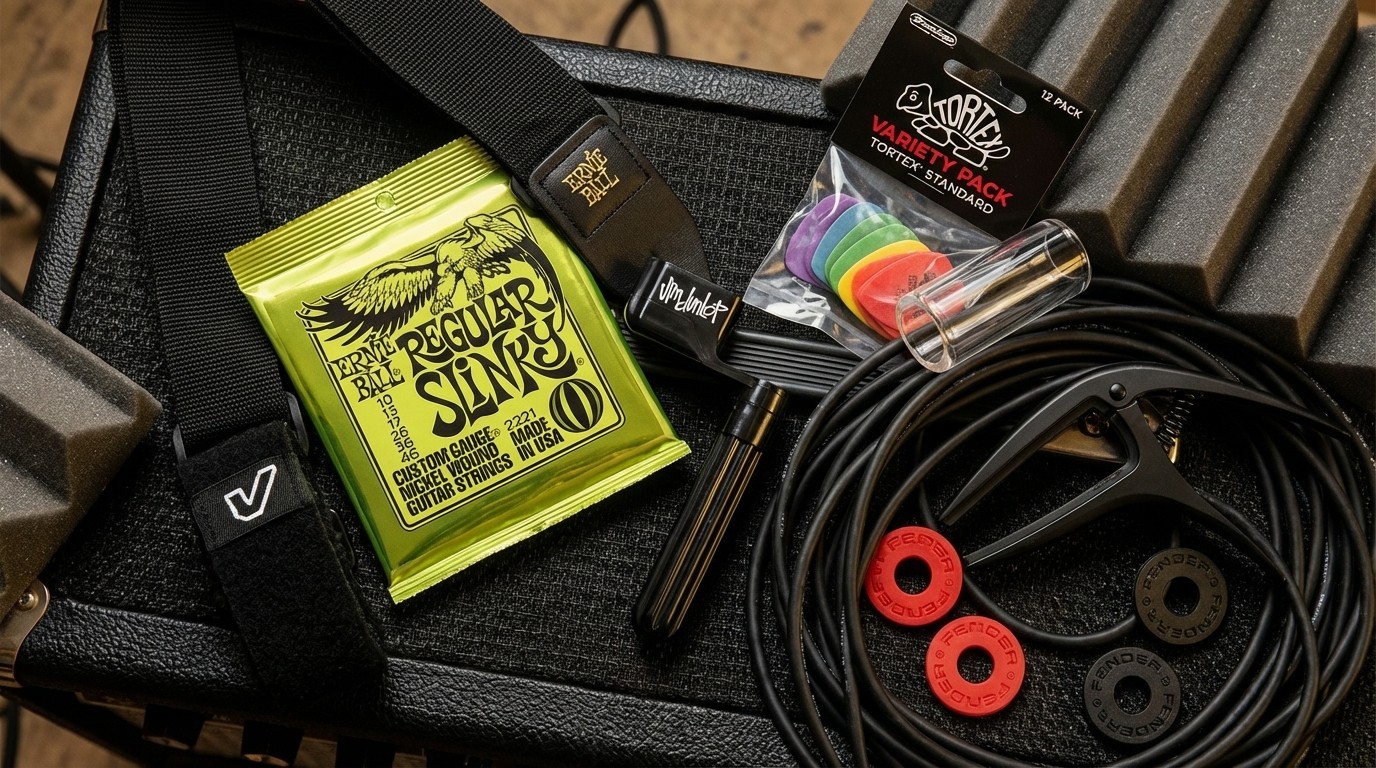Faced with the loss of their founding guitarist and creative leader, Night Flight Orchestra are persevering with the big melodies and sonic largesse of rock's golden era
Recovering from the death of guitarist David Andersson, the Swedish rockers rallied to make the feel-good album of 2025. Guitarist Sebastian Forslund reveals how it happened
![The Night Flight Orchestra all glammed-up in stage clothes and photographed against a green backdrop: guitarists Rasmus Ehrnborn [second from left] and Sebastian Forslund [fourth from right]](https://cdn.mos.cms.futurecdn.net/Wy6UcSKUxjjiWvEWzYf3y3.jpg)
Despite their connection to the Swedish melodic death metal scene, with members who also play in bands like Arch Enemy and Soilwork, the Night Flight Orchestra are wholeheartedly devoted to making music that’s feel-good and uplifting.
This year’s seventh full-length, Give Us the Moon, continues to blur the lines between AOR, funk, and disco – cooking up an infectious brew of cinematic hooks, key changes, and triple harmonies.
For guitarist Sebastian Forslund, who stepped into a lead-songwriter role after founding guitarist David Andersson passed away in 2022, the last few years have been a period of unanticipated transition. The group now find themselves beginning a new chapter with some of the finest songs of their career and a new guitarist in Rasmus Ehrnborn.
“David was our lead songwriter and most creatively driven member,” Forslund says. “He started the band back in 2007; it was his vision at the beginning. I was asked to mix the debut and felt it needed percussion to make the songs sound even bigger. When the band started performing live, they wanted to keep that.”
It was this chain of events that led to an invitation to join the band as a full-time member, originally as a percussionist, before eventually adding guitar duties to the mix.
“I slowly moved toward doing guitar work,” he says. “I joined just before the first record. I was free at the time so I became part of the live band. I already knew the songs, so it was fun to jump on stage. Later, they needed a second guitar player, and I felt I could do that as well.”

On stage you play guitar and percussion at the same time. How exactly do you manage to do both?
All the latest guitar news, interviews, lessons, reviews, deals and more, direct to your inbox!
“I guess it’s quite strange. I’ll be using my foot and sometimes my hands in between strumming chords. Our keyboardist can play one set of keys with one hand and do something different with the other. It can sound like two musicians playing together. For us guitarists, however, it’s not that easy.
“You can only really play one thing because your hands are locked in. On songs like West Ruth Ave, I need to play congas and bongos as well as chords. I’ll strum a chord and then play percussion in between. Some songs need it less, so that’s when I focus more on guitar. Of course, it would be great to have one person doing only percussion, but we already have eight people on stage.”
What’s the secret to writing music that feels like it’s from the early Eighties?
“We’re trying to recreate that golden era of music from 1978 to 1983, which was a time when writing really advanced. The songs were almost progressive because the ideas were smart, but also catchy. That’s what drew us in. We often talk about the magic of those five years and what made those songs stand the test of time.
“Beyond that, we don’t really know where our songs come from. Maybe it’s good to not know – design by accident can be a blessing. David was such an amazing writer. He had this ability to spit out 10 songs in a row. All of them would be great, then he’d pause for three weeks and come up with 10 more. It was very hard for us when he passed away.”
How can a band survive a huge loss like that?
“It takes time. We were wondering what the hell to do, because me and our singer Björn were suddenly responsible for everything. There was a lot of writer’s block.
“Half a year went by and we were struggling to top the things this band had already done. Then we realized we should just write music that made us happy. Some ideas didn’t feel like the Night Flight Orchestra at the beginning, but they did once everyone started playing together.”
The riffs and leads come from more of a modal place rather than anything too bluesy. What kind of musicians inspired this?
“I appreciate good shredding, but I’m more into melodies. When I was young, I loved players like Kee Marcello from Europe. Steve Lukather is also great for that; what he plays is always very tasteful.
“I love the first three Toto records, particularly the second one, Hydra. I’m also drawn to guitarists who sound a bit different, playing through stuff like the old Tom Scholz Rockman amp or the ART SGX 2000 rack. There was something really exciting about Eighties guitar tones.”
So how do you go about attaining those sounds in the studio?
“A lot of amps got used on this album. The main heads were made by Orange and MLC. For the harmonies we used a Rockman to get that old-school sound. Our bass player often jokes that once my chorus pedal is on, it never gets turned off. There’s a slight chorus on everything, then we turn it up more in places.
“I’m a big fan of old Boss pedals, things like the CH-1 Super Chorus and the DC-2 Dimension C. Our new guitar player Rasmus was using computer simulators like the Neural DSP John Petrucci plugin for clean sounds that were overdubbed later.
“That software sounds great. As for guitars, I’m a big Ibanez Artist fan. I’ve been collecting them over the years and have some rare finishes. Rasmus is an ESP endorsee, so he sticks with a Firebird lookalike.”
Songs like A Paris Point of View are very textured and harmonically rich. Is that hard to recreate live?
“A lot of clever things are happening, and it can be challenging to perform them all live. Luckily our keyboard player can help with harmonies. I am trying out the Boss PS-6 Harmonist. You can tell it what key you’re in, so it’s a clever pedal.
“The only problem is if you go outside of the key, you might have to play a different note to find something that works, which is a very strange feeling. We arrange our guitars like strings in an orchestra… probably because we’re huge ABBA fans.”
- Give Us the Moon is out now via Napalm.
- This article first appeared in Guitar World. Subscribe and save.
Amit has been writing for titles like Total Guitar, MusicRadar and Guitar World for over a decade and counts Richie Kotzen, Guthrie Govan and Jeff Beck among his primary influences as a guitar player. He's worked for magazines like Kerrang!, Metal Hammer, Classic Rock, Prog, Record Collector, Planet Rock, Rhythm and Bass Player, as well as newspapers like Metro and The Independent, interviewing everyone from Ozzy Osbourne and Lemmy to Slash and Jimmy Page, and once even traded solos with a member of Slayer on a track released internationally. As a session guitarist, he's played alongside members of Judas Priest and Uriah Heep in London ensemble Metalworks, as well as handled lead guitars for legends like Glen Matlock (Sex Pistols, The Faces) and Stu Hamm (Steve Vai, Joe Satriani, G3).
You must confirm your public display name before commenting
Please logout and then login again, you will then be prompted to enter your display name.




